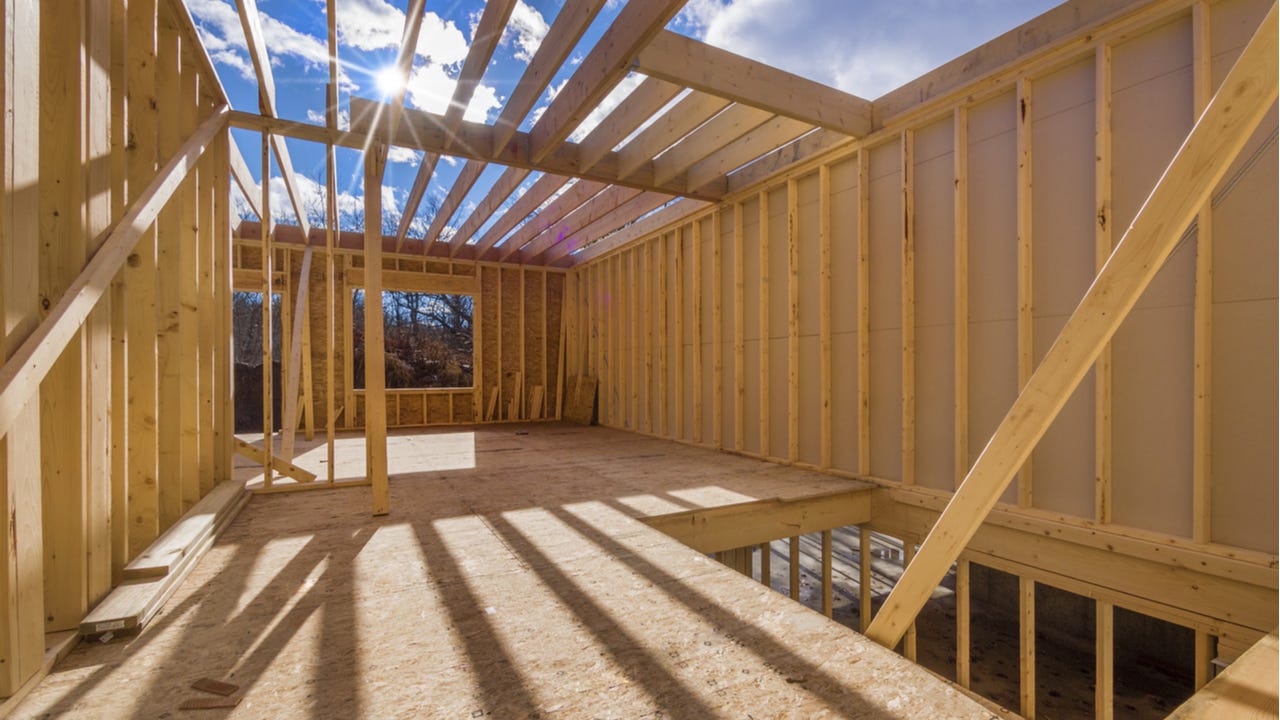What is a certificate of occupancy, and do I need one?




Key takeaways
- A certificate of occupancy is a legal document that proves a property is safe to inhabit and meets all local code and usage requirements.
- It is often required for major home renovations or when selling a property.
- The process and cost of obtaining a certificate of occupancy can vary widely depending on your location.
Any homebuyer naturally wants to be sure a home is safe to live in before they buy it. Luckily, in many places, there are regulations home sellers must comply with to make sure buyers are informed. This often means having an official certificate of occupancy (frequently abbreviated to CO). Effectively, a CO is a special permit legally declaring that a property is habitable and meets all code and usage requirements.
Let’s take a deeper look at certificates of occupancy, including when you need one, where to get one and how much they cost.
What is a certificate of occupancy?
A certificate of occupancy is a legal document that proves a structure, such as a house or office building, is safe to inhabit. In addition to the property address and owner, a certificate of occupancy will include the following three things:
- Description of specific legal use and type of property: This indicates how the property is classified from a zoning perspective, such as whether it’s zoned for residential, commercial or mixed-use purposes. It ensures the property is being used as intended.
- Verification that the property is up to code: This serves as proof that the property is in compliance and up to date with local housing and building codes.
- Confirmation that the property is suitable to be occupied: This confirms that the property conforms to the codes and standards set by your municipality, and the structure is fit for occupancy.
When you may need one
If you’re fixing up a fixer-upper or simply sprucing up your home to get it ready to sell, whether or not you need a new certificate of occupancy will depend on the scope of the work. In general, minor home renovations will not require a new CO to be issued. However, there are a few home-improvement scenarios when one is likely to be required, depending on local rules and regulations. These include.
- Major renovations: When you make significant changes or improvements to a property — for example, fixing up a home that had been condemned, or completing an addition — you’ll likely need to obtain a certificate of occupancy before you can sell it. That’s in addition to needing a building permit upfront.
- Changing the property type: Every type of residence, such as a condo, multifamily or single-family home, has its own permitting and records to ensure it is being used as intended. (The same goes for commercial properties.) Owners who get a permit to convert their property to a different class will need a certificate of occupancy indicating the change. For example, if you’re building a basement apartment that converts your single-family home into a multifamily one, you’ll need to get a CO after the work is completed to reflect that.
- New-construction property: A certificate of occupancy is required as part of the sale of any newly built home or building.
- A new owner or occupant: Some municipalities require a new certificate of occupancy each time a property is sold, or when a new tenant moves into a rental property. To ensure you’re following regulations, check with your local building or zoning authority.
How to get a certificate of occupancy
If you need a certificate of occupancy, contact your local building or zoning inspection office to ask what documentation you’ll need to provide. Some areas have much more stringent regulations than others. In most cases, the information will be posted on your local government’s website.
Typically, your municipality will send an approved inspector to check out fire safety, electrical wiring and plumbing systems, plus any general additions, such as doors and exits. These will be assessed against building codes to determine if there are any violations. Whoever applies for the certificate must be present for all required property inspections.
Once an inspection has been completed, you’ll receive a report that outlines the details of your property and whether you pass. If so, you can claim your certificate and are free to sell the property. If not, you’ll receive a list of issues that need to be addressed before the sale can be completed. Your municipality will decide how much time you’ll be given to complete repairs. Then, you’ll need to complete another CO inspection in order to move forward.
A step-by-step breakdown of the process would look like this:
- Application
- Site inspection
- Payment of fees
- Review and approval
- Issuance of certificate
How much does a certificate of occupancy cost?
The fees to get a certificate of occupancy vary significantly from place to place, and also depending on the size and type of property. Some can be very simple and reasonable: For example, in Rochester, New York, the fee is a flat $60 for a single-family home.
However, in many places the breakdown of charges can be complicated. Philadelphia, for instance, charges a $100 filing fee that eventually gets applied toward the $235 permit fee, plus additional city and state surcharges of $3 and $4.50 per permit, respectively. And in Tamarac, Florida, the cost is $260 for a safety permit, then $89 plus $3 for every 1,000 square feet of space in the building.
Bottom line
Getting a certificate of occupancy can be a lengthy and potentially expensive process, especially if you need multiple building permits and inspections. Rules around them vary significantly from market to market, and one may not even be needed in your local market. But in areas where they’re required, they’re non-negotiable. If you’re unsure whether you need one or not, ask your Realtor or a local real estate attorney.
You may also like


What income do I need to afford an $800K house?

Do I need a Realtor to buy a house?

